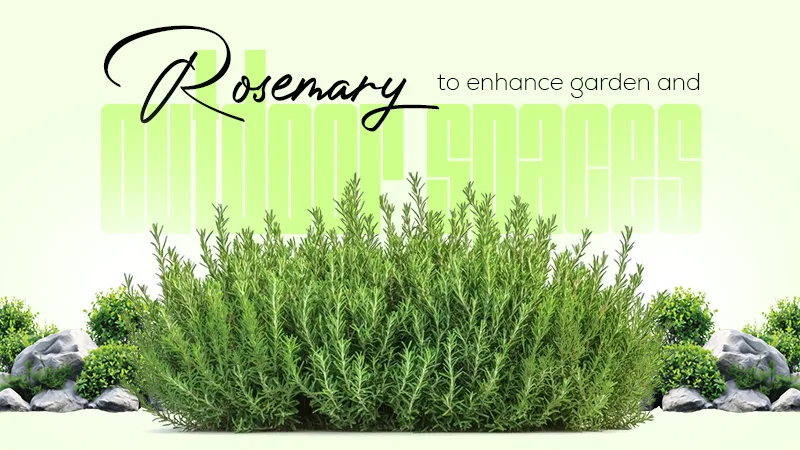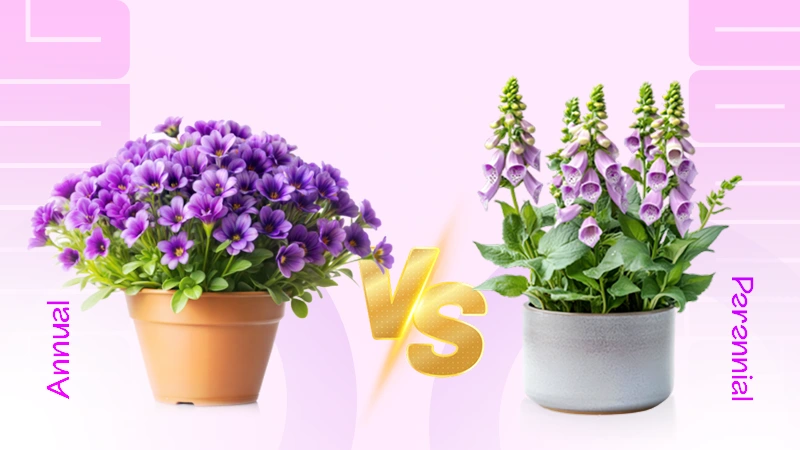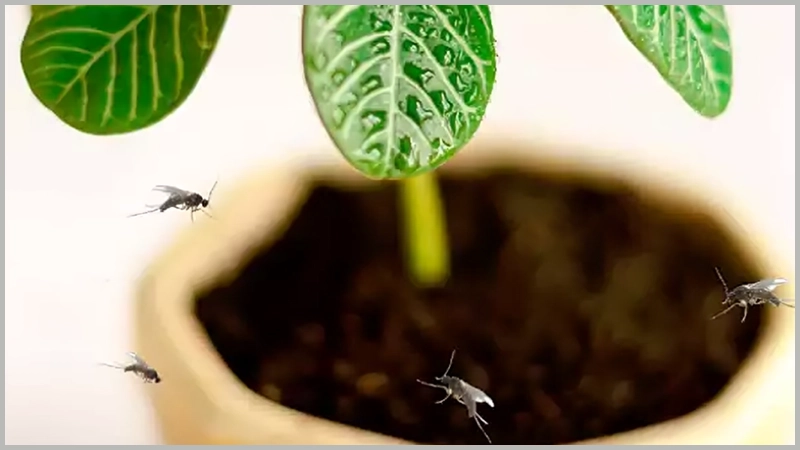
Houseplants add an element of freshness and decor to our homes. Most indoor plants are air purifiers. They are also the best stress busters, but they can also become a hot spot for gnats and other fungi.
Fungus gnats on houseplants are a common concern. These pesky invaders can damage your plants if prevention or immediate action is not taken.
It is crucial to safeguard your plants against them, and there are several ways to get rid of plant gnats.
Read on and learn how to protect your beautiful indoor plants, without compromising on their growth.
What are Fungus Gnats?
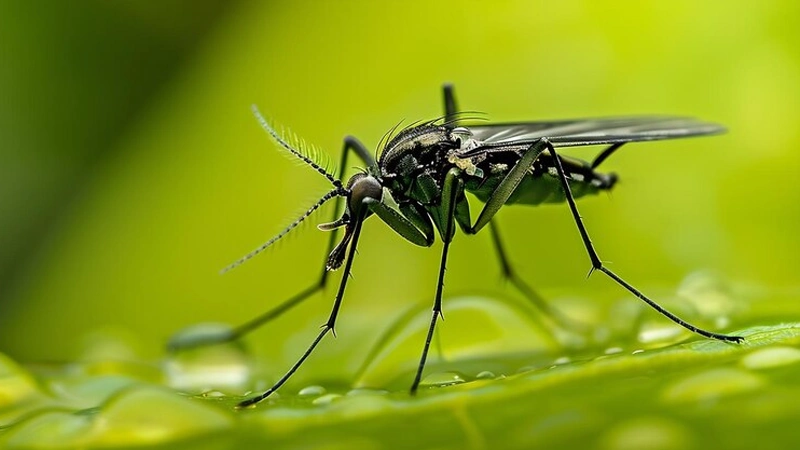
Scientifically belonging to the Bradysia and Orfelia species, fungus gnats are unpleasant little creatures resembling mosquitoes and fruit flies. Their larvae survive on the tiny roots of plants, which significantly restricts their ability to absorb nutrients, thereby hampering their growth cycle.
Moist, rich-in-nutrient soil is the breeding ground for these gnats. Take immediate measures to get rid of gnats on houseplants once you figure out they’re spoiling your plants.
Do You Know ❓
Adult gnats lay up to 300 eggs in moist, damp soils, as a result, their population grows very quickly.
How to Get Rid of Fungus Gnats in Houseplants?
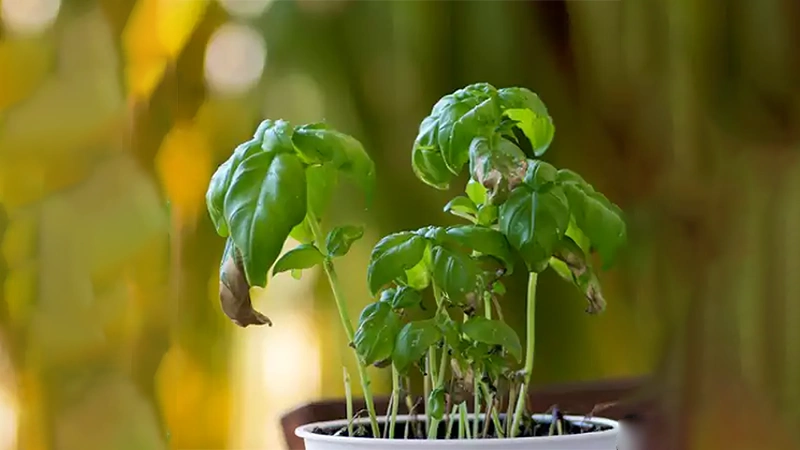
The first step for getting rid of gnats in houseplants is to prevent their invasion. However, if you have come far beyond that stage, it’s time to search for how to kill gnats in plants.
Read on to learn how to kill fungus gnats without damaging the plants: –
7 Natural Remedies for Killing Gnats
There are a few natural ways or methods to get rid of fungus gnats and bring your plants back to life. Here’s how to get rid of plant gnats fast in the easiest way possible:
- Avoid Overwatering – As fungus gnats are water lovers, overwatering can dampen the plant soil and make way for their infestation. You can use watering globes to avoid overwatering the plants. They release the water slowly so that the water does not sit on the surface, hence, leaving no room for infestation.
- Keep the Soil Dry – Larvae cannot survive in dry soil. So, let the soil of your plants dry, and then water them again.
- Sterile Potting Mix – Use a sterile potting mix to not let the plant gnats feast on organic feed.
- Mosquito Dunks – Sprinkle crumbled mosquito dunks on the topsoil of the plant and water them. They are fatal only to mosquitoes and fungus gnats.
- Homemade Traps – Use sugar and dish soap traps as a pest control technique. A mix of water, dish soap, and sugar combine to attract them. The gnats get drowned in this mixture.
- Apple Cider Vinegar – Yet another way of getting rid of gnats on houseplants is by making apple cider vinegar traps. All you need is a bowl, and add half an inch of apple cider vinegar. Now, plastic wrap the bowl tightly and make small holes. All the gnats will accumulate in the bowl, as they cannot make their rescue exit.
- Neem Oil Method: The oil from the neem plant works as an insecticide because of its pungent smell and antibacterial properties. It suffocates the larvae and hinders the gnats’ life cycle. You need to apply oil to the soil as per the manufacturer’s instructions.
6 Effective Devices to Kill Gnats
Apart from the natural remedies, you can also opt for the following devices if the gnats have bred to an extent where it’s hard to revive the plant through natural ways!
- Sticky Traps
Sticky traps are the traditional and most commonly used device to trap gnats. Read the package instructions, and place the sticky traps in the area. You can also make one at home by placing a bright-colored sticky sheet on the floor. Insects easily get attracted to colors like yellow, and stick to these traps.
- Indoor Insect Trap
The indoor insect traps are designed to eliminate pesky creatures like fruit flies, gnat plants, and mosquitoes from your homes. They come with a UV light, and a sticky glue board to kill fungus gnats in houseplants. The cycle functions as the light attracts the insects in, which get stuck to the glue card and die.
Every insect trap has its range which can be from 400 to 600 sq. feet of area. Depending on the coverage, the price can range from $10-$100. Some popular insect traps include Zevo indoor insect trap and Kensizer 30-pack window flytrap.
- Pest Control Spray
Pest control sprays can be used as a prevention, or as a cure for your plants. The natural variants of pest control sprays come in various, not-so-overpowering fragrances, and are pet and human-friendly. Plus, they effectively repel gnats and fruit flies from the plants.
The cost of such sprays can go from $10-$150 depending on the quantity and density. There are multiple brands favored by users, including Wondercide indoor pest control.
- Insect Control Spikes
Insect control spikes solve the dual purpose of plant nourishment and plant gnat elimination. These insect control spikes slowly release fertilizers to feed the plants and do away with gnats in houseplants.
These tools can be a cheaper option with the price range being $1-$50. Consider the natural or organic options, while choosing insect control spikes. Some favored brands include BioAdvanced Plant Food, Victor Pest and Springstar
- Plug-In Fly and Insect Traps – Plug-in fly traps are economical and help repel plant gnats and flies. The chemical-free solution in these traps kills the gnats in houseplants, fruit flies, moths, and similar insects. Moreover, they are easily portable, which makes them travel-friendly too.
You can easily get these plugins in a basic range of $10-$45 from any retail or online store. Several commonly used devices include Zevo Indoor Flying Insect Trap and Safer Brand SH503 Plug-In Fly Trap.
- Hydrogen Peroxide – Hydrogen Peroxide solution is again a sure-shot method to get rid of fungus gnats in your indoor plants. Make a solution of 3% Hydrogen Peroxide with water in a ratio of 1:8 to water your infected plants. This will easily detoxify your soil within a few days. You can purchase the chemical from brands like CVS Pharmacy.
How to Look for Gnats in Houseplants?
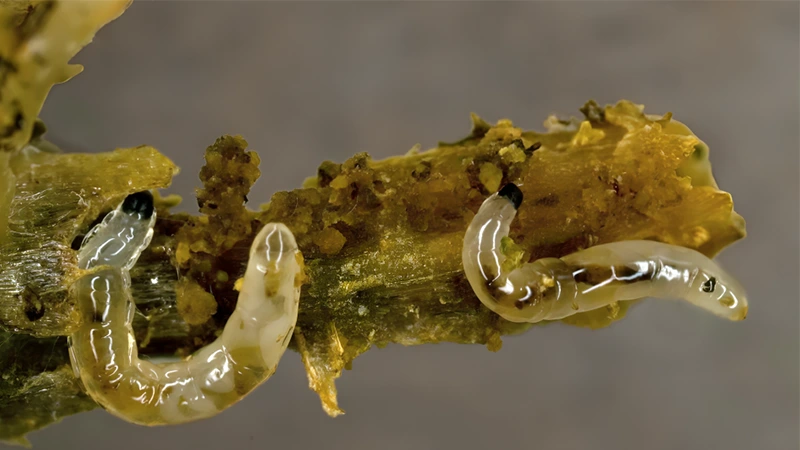
With their presence around your indoor plants, you will notice your plant’s leaves start wilting. Gnats in houseplants can be removed, killed, and prevented, provided you timely notice them.
Identifying gnats in plants is not a tough nut to crack. You can easily identify them with the following identification pointers:
- The presence of adult gnats around your houseplants. Their presence means there are gnat larvae too.
- Gnats cannot fly high. They simply whizz around.
- Check the soil; you can see these gnats in their larvae stage.
- Their bodies are transparent, with gray or clear wings.
- Their antennae are larger than their body size.
- The adult gnats in plants are about 1/16 to 1/8 inch long.
- Plant leaves start wilting, and you will notice that their growth is hampered.
- The roots get rotten, and the leaves turn yellow.
Where Do Fungus Gnats Come From ❓
Gnats invade your house with the potting mix or through the new plants infested with gnats larvae you bring home.
Tips to Prevent Gnats in Houseplants
As the saying goes, prevention is better than cure; the thumb rule is prevention. Why not take some initial measures and prevent their invasion overall? Here are the preventive measures to avoid the breeding of gnats:
- While purchasing a new plant, tap the pot a few times. The adult gnats will start whizzing, which is an indication of gnat larvae in the moist soil.
- When moving plants indoors, dig the soil and check if there are gnats. Avoid bringing the infected plant indoors, preventing other plants from getting affected.
- The potting mix must also be checked before initiating the process of repotting houseplants.
- Isolate new plants before adding them to your other indoor green friends. As their soil is wet, there is a high probability of gnats. Isolation will prevent other plants from getting infested.
- Overwatering is the major reason for the multiplication of plant gnats.
- Proper drainage of water while watering plants is equally important.
These were the tips to prevent gnats on plants. However, if these teeny-tiny unwanted guests have already invaded your green space, you can always follow the methods for getting rid of them.
Wrapping Up
So, these were the sure-shot ways to get rid of gnats in houseplants. The most important thing to do is to isolate the gnat-affected plant from the others. You can keep it outdoors, and bring it back once the problem is resolved.
Use the isolation method as a preventive measure, before adding a new plant to your house. Be watchful, and take measures at the prevention stage itself.
Happy gardening!
What is the sure-short way of preventing gnats in plants?
The sure-short way of preventing gnats in plants is to avoid overwatering and letting them dry completely before watering them again. The idea is to break their lifecycle process.
Are candle traps effective at tricking plant gnats?
Yes, candle traps are an effective way to trick gnats, as they are attracted to light. The candlelight attracts them to come closer, and when hit by the flame, they fall into the water pot.
Can Hydrogen Peroxide hurt the plant or its growth?
If diluted properly with water, Hydrogen Peroxide will not harm the plant. It can provide oxygen to the roots of plants, giving them a healthy life.
Fungus Gnats by Bugs.com
